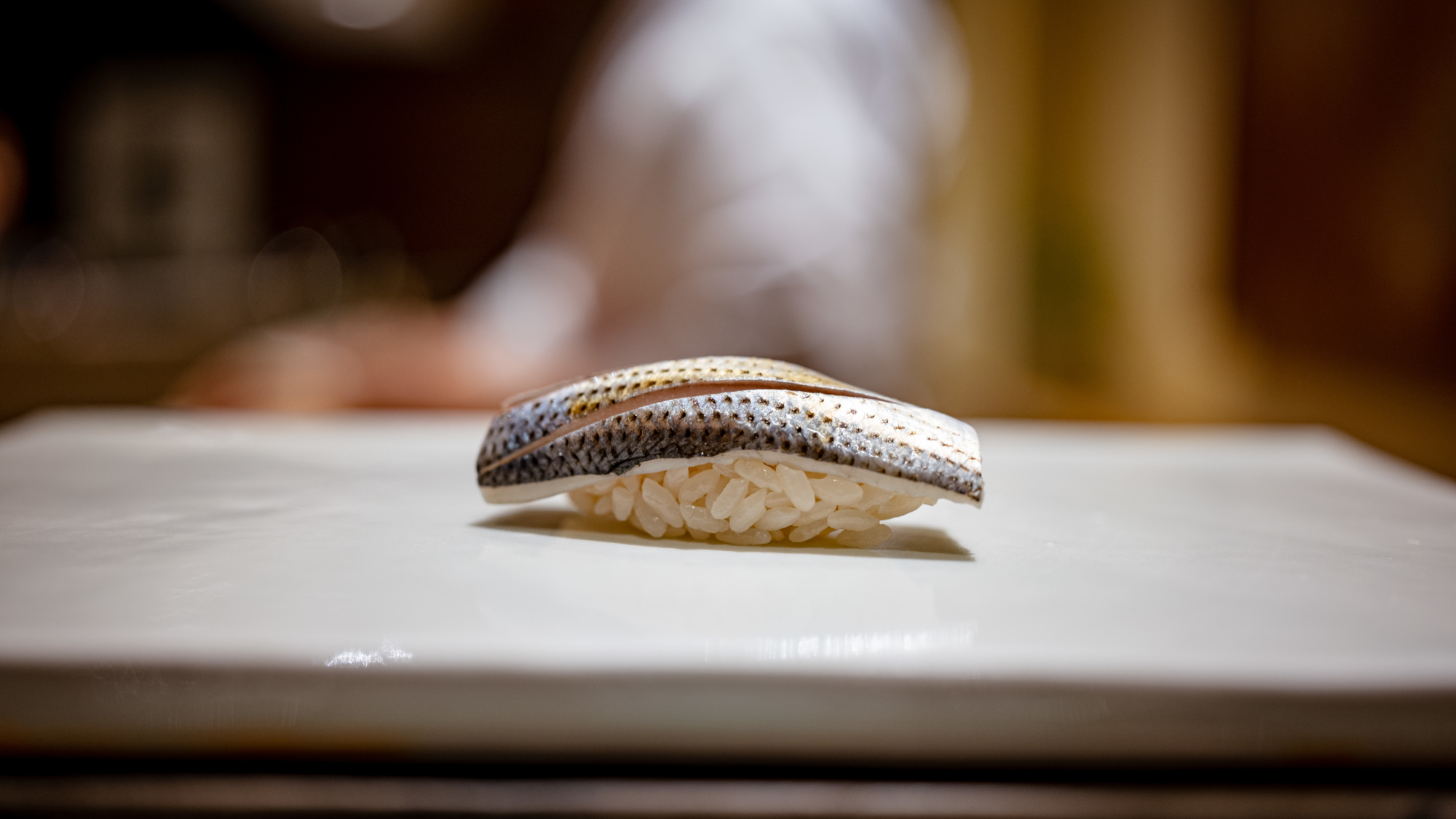
How Much Omakase Can New York Eat? The Shion 69 Leonard Team Has Thoughts
If it feels like there are more high-end sushi restaurants in New York City than ever before, that’s because there are. In the last two years alone — and during a pandemic, no less — at least eight notable restaurants offering sushi omakase have opened, and more are on the way.
When you think of power dining in New York today, the sushi counter has, for some, replaced the steakhouse, with price tags that match or far exceed the cost of the priciest of dry-aged steaks. But this wasn’t always the case; sushi in New York wasn’t always this expensive, or such a symbol of luxury dining like it is today.
It’s not entirely clear where sushi in New York goes from here, however. Do the prices continue to rise? Will diners ever tire of the sushi dining experience? Is there room for more affordably priced sushi in a sushi-obsessed town like New York? Will we see prices creep up for mid-tier sushi dining that hovers near $70 per person? Can our oceans even sustain the insatiable demand that New Yorkers — and diners the world over — have for sushi?
Idan Elkon and chef Shion Uino, the owner and the chef, respectively, of New York’s Shion 69 Leonard Street, have some thoughts. In May 2021, Uino, formerly the head chef at Michelin-starred Sushi Amane, became the chef at 69 Leonard, which Elkon has owned and operated since 2017.
At Shion 69 Leonard Street, Uino has garnered praise for his adherence to using time-honored sushi techniques at the intimate eight-seat sushi counter. Where others seek to modernize sushi, he’s definitely more of a traditionalist. And he’s become known for offering one of the most expensive sushi omakase dinners in the entire city, at $420 per person, service included. (Masa Takayama, of Masa, charges anywhere from $650 to $800 per person for his sushi omakase.) It’s clear that Elkon and Uino, like Takayama and others, have placed their bets on the high end of the sushi dining spectrum.
Resy spoke with both Elkon and Uino for their thoughts about the state of sushi omakase in New York, and where they see it headed.
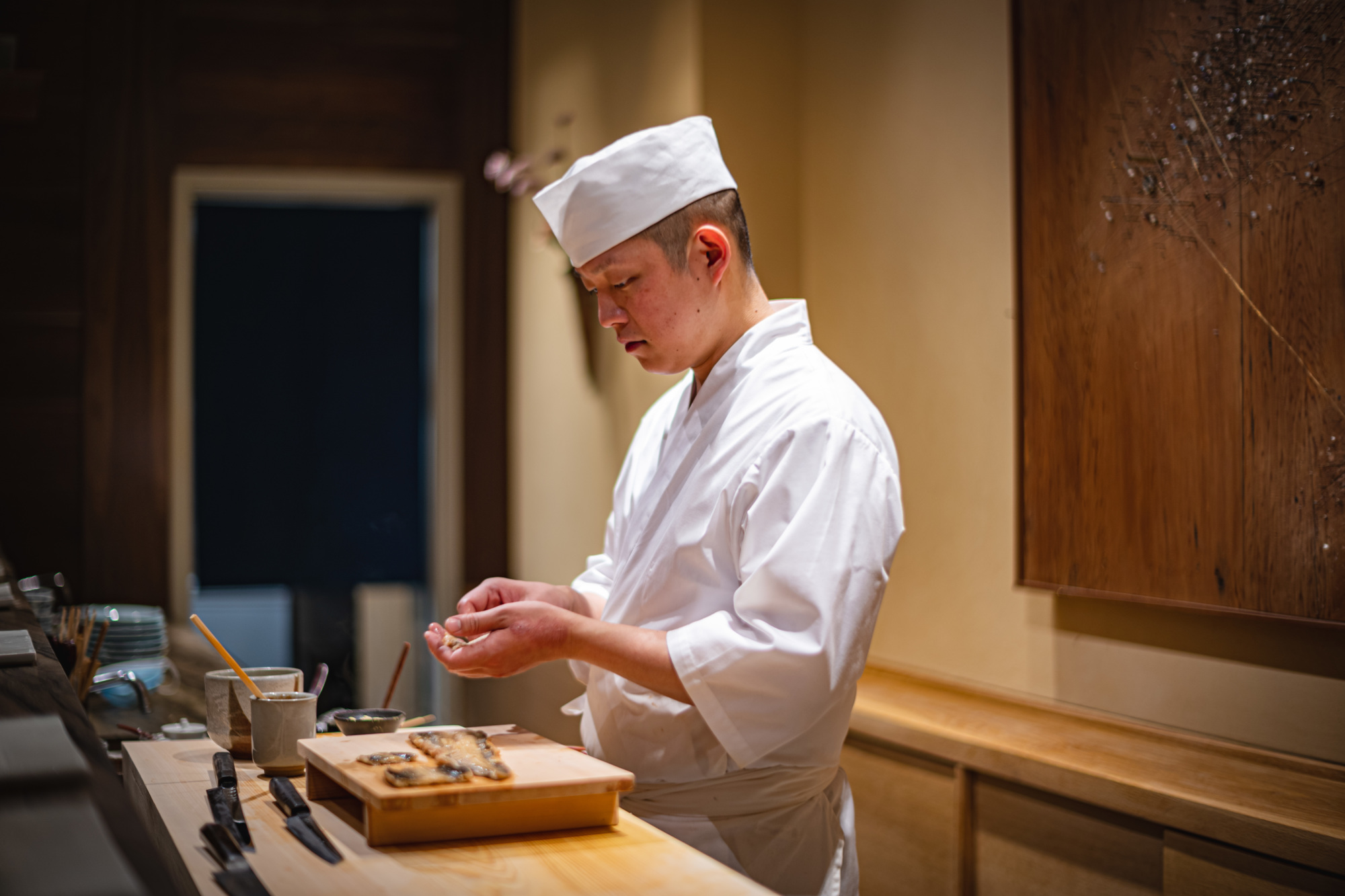
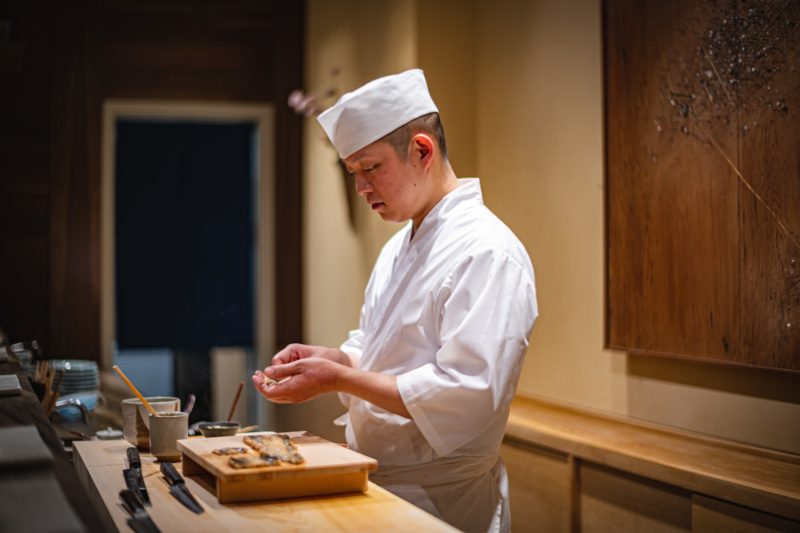
A Shift in How New Yorkers Approach Sushi Omakase
Long before Elkon ever opened a restaurant of his own, he was a high schooler with a penchant for Japanese food — particularly sushi. It was the late 1980s and more often than not, Elkon found himself seated at the counter of places like Iso (now known as Kanoyama) downtown, or Sushi Say (now Sushi Ann), Hatsuhana, and his personal favorite, Sushi Hatsu (now the original flagship for Sushi Seki), in Midtown Manhattan, eager to try the chef’s omakase.
A decade later, in the ’90s and early aughts, Elkon, then a telecommunications executive, found himself taking frequent business trips to Tokyo and lived there for a time, where he dreamed of one day opening a sushi shop of his own.
Those dining experiences in New York and in Japan, he says, were formative in multiple ways. And they both offered dining experiences that differ from what constitutes sushi omakase dining in New York today.
“It was a lot less formal,” Elkon recalls, about having sushi omakase in New York in the ’80s. “It felt more congenial and warmer, and I’m not comparing it to a particular place; I’m just saying this generally.” The dishes, he says, were more traditional. There were no regimented seating times. The fish selections might have been more limited, too, and the cost of an omakase meal was much less than it is today. Elkon loved Sushi Hatsu, in particular, because it appealed to a mix of Japanese in New York for business, and local New Yorkers, and it often stayed open until 3 or 4 in the morning.
In Tokyo, Elkon was impressed by the depth of skill levels that sushi chefs possessed — and equally, the shared knowledge that diners had about the intricacies of sushi and the craftsmanship that went into it. And, of course, the access to fresh fish and other ingredients was far superior compared to what he’d had in New York.
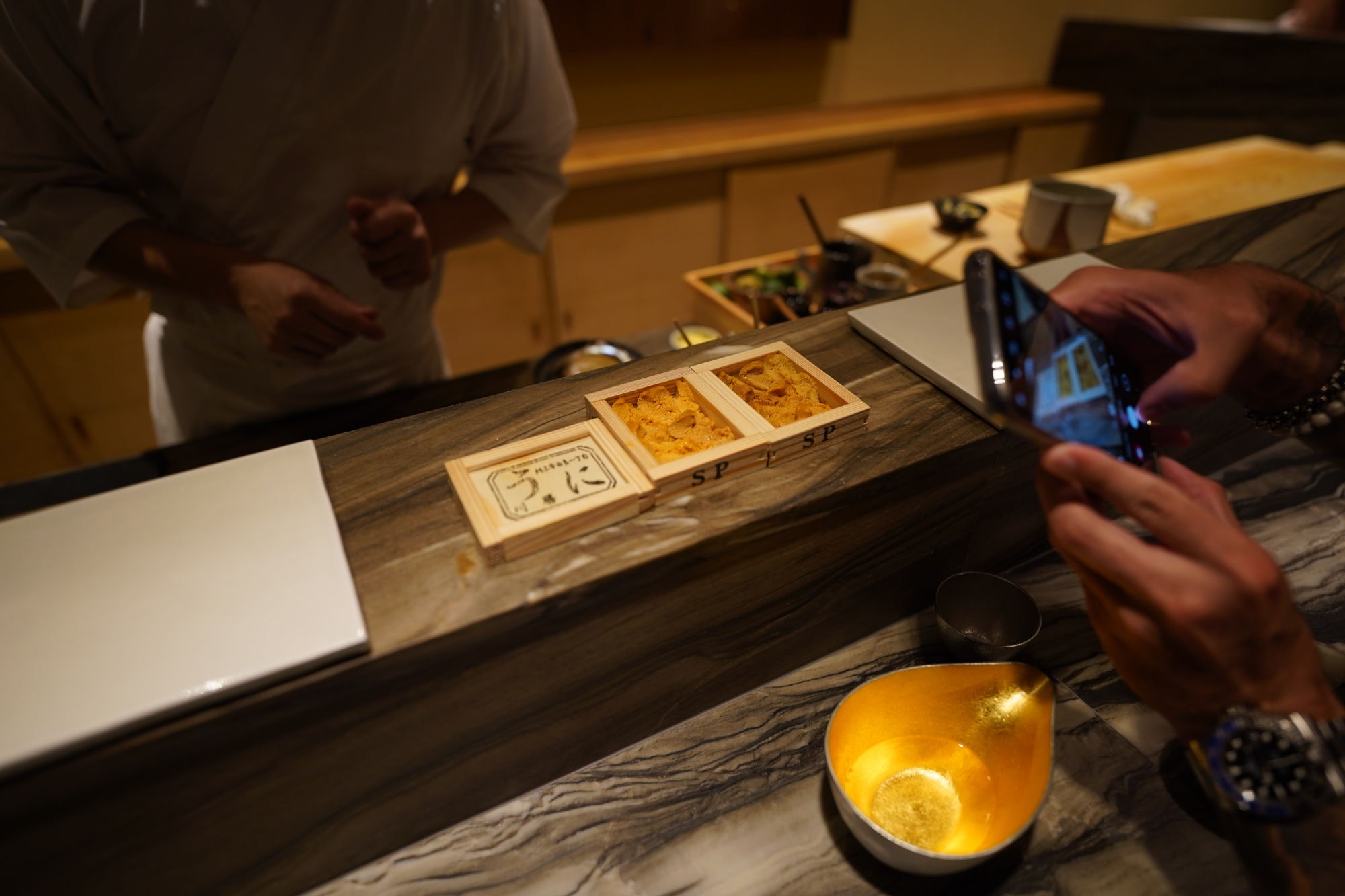

The Instagram Era and Sushi as Performance Art
By the time Elkon opened 69 Leonard Street in January 2017, initially with chef Eiji Ichimura, most recently of the now-closed Ichimura at Uchu, the popularity of Instagram was beginning to influence the sushi dining experience.
“Because of social media, and also people having different levels of experience [with sushi], a lot of what I’ve seen in New York with sushi has changed,” says Elkon. “It’s become more modernized — I’m not going to say for better or for worse.” By modernized, Elkon is referring to a propensity, by some sushi chefs, to adorn their sushi with non-traditional ingredients or caviar-laden flourishes, or to pander to guests’ tastes, rather than adhere to the literal concept of omakase: chef’s choice.
“Nowadays, there’s more performance,” he continues, though he’s quick to add that he doesn’t believe this is the case at Shion 69 Leonard Street. However, he admits, “We all do certain things in front of the guests, like showing you certain products or cooking things in front of you — it’s entertainment.” It’s an acknowledgement that there is always some element of theater to sushi omakase — and perhaps, that’s partly why it’s become so popular.
The year 2017 was also when Uino arrived in New York from Tokyo, having worked at three Michelin-starred Sushi Saito for eight years. He landed at Sushi Amane, in the basement below Mifune, where he earned a Michelin star. He says he’s noticed an evolution in sushi omakase restaurants in New York in just the past five years, too.
“Five years ago, there were omakase sushi restaurants [in New York], but I think they were more American sushi than Japanese sushi, and less traditional or authentic omakase,” Uino says. Perhaps it was Instagram, or the tastes of the sushi-loving finance bros that had influenced sushi in New York at that time? “I also don’t think there were many Japanese-style sushi omakase restaurants that served omakase with fish of the [same] quality of the top sushi restaurants in Japan.”
Today, Uino describes the New York sushi restaurant scene as diverse, ranging from “traditional sushi restaurants like us to fusion omakase that uses various American local ingredients, and is easy to eat for people who are not familiar with sushi in New York.” He also says that access to the same quality of fish used in Japan, and more often than not, the same fish you’ll find in Japan’s own sushi temples, has expanded. Not only that, but more diners also have an understanding and appreciation of sushi, too.
The intimate nature of eating omakase, of sitting at the counter and getting to know the chef and eating something — raw fish — you likely wouldn’t prepare for yourself, has made sushi dining a luxurious experience that’s covetable and special. There is, perhaps, finally an understanding and respect that approaches the way Japanese diners view it.
“The culture of sushi has taken root,” Uino says.
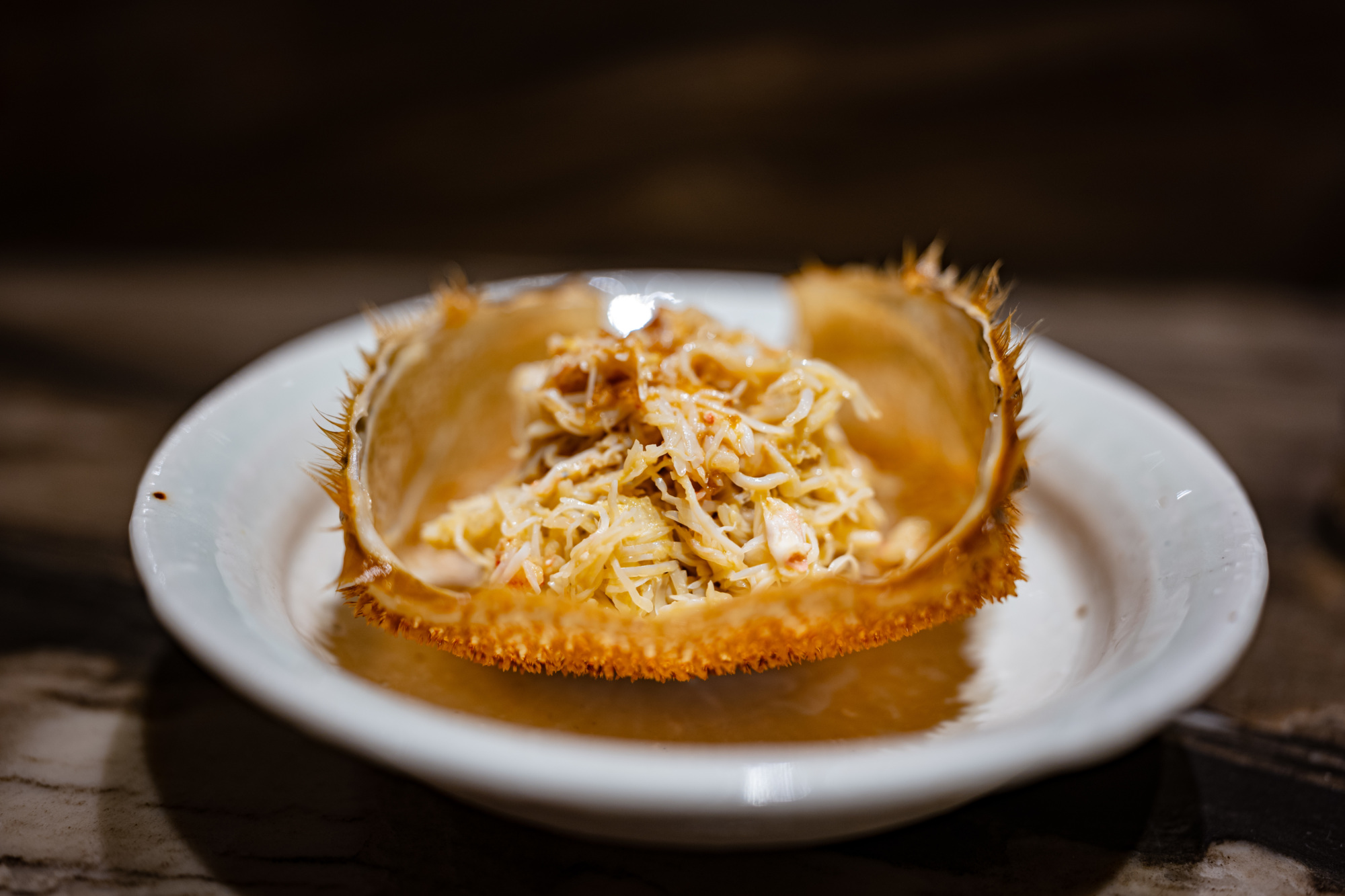

An Oversaturated Market?
Now that sushi has become so deeply embedded in the New York restaurant scene, and demand is so high, there is a seemingly unending string of omakase restaurants opening. Elkon considers this pace of growth unsustainable, and he worries that appreciation for the art and traditions of sushi is dwindling the more ubiquitous sushi omakase becomes here in New York.
“I can’t see them all surviving in the long term,” he says. “We’re not immune either.”
While Uino sees more New Yorkers having a deeper understanding and appreciation for sushi, Elkon’s not so sure, especially as more high-end sushi omakase restaurants emerge. “From an artistic standpoint,” he continues, “is the true essence of Japanese sushi traditions being lost, because it takes time to build a restaurant and have the staffing? I think [diners] have become less discerning, quite frankly.”
At the same time, prices for sushi omakase have risen dramatically, especially now that places like Shion 69 Leonard Street and others vie for the same fish featured in Japan’s most acclaimed sushi restaurants.
“Just to get [wild] fish from Japan to New York, the price of the fish is now 1.5 to 2.5 times higher than the price it would be in Japan,” explains Uino. “There’s also been an increase in the price of fish due to the sushi boom in Japan in the past few years.”
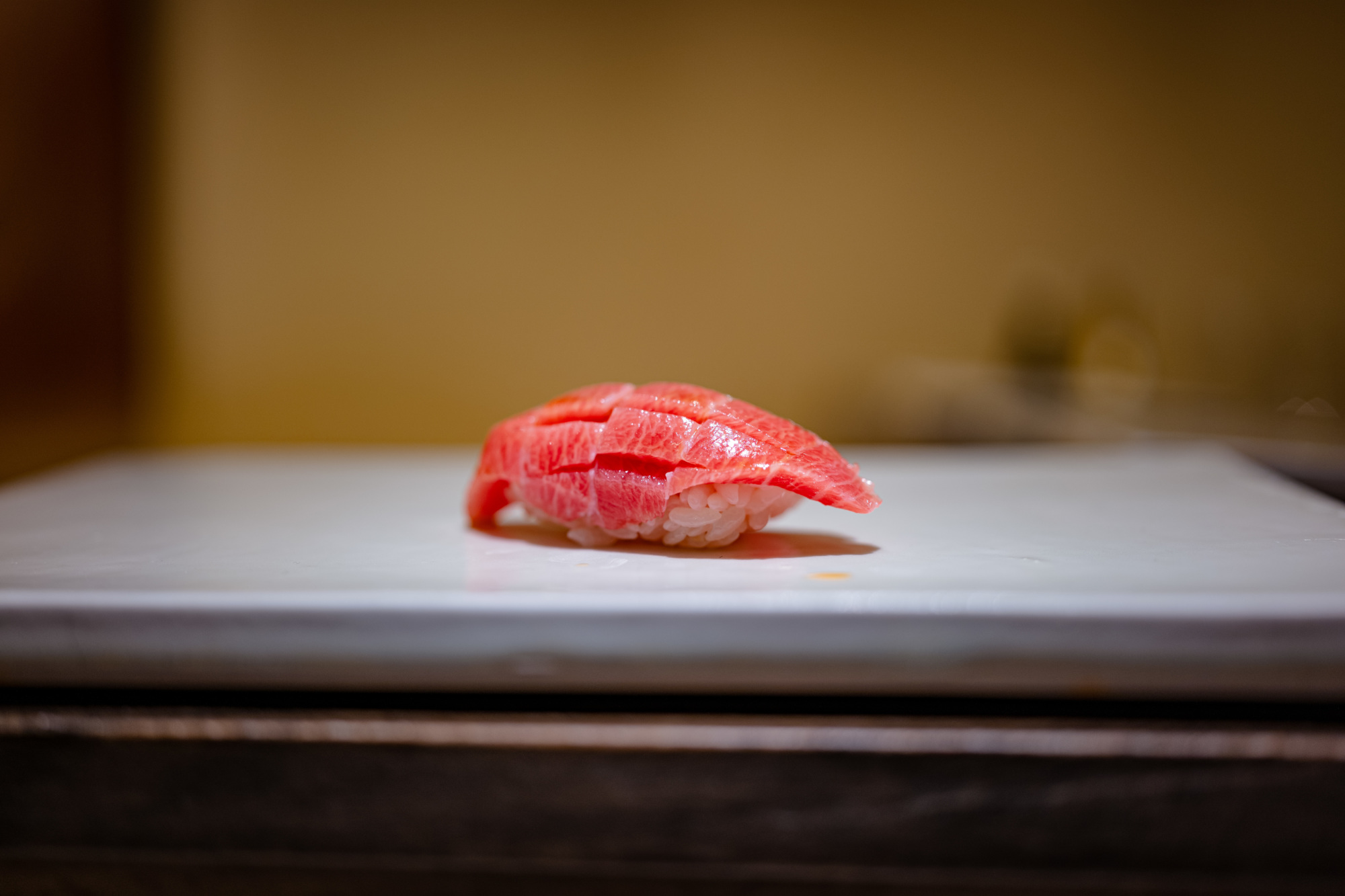

Opportunities Ahead
Both Uino and Elkon, however, do see a lot of opportunity ahead for sushi, especially when it comes to using more farmed fish.
“I don’t think the amount of wild fish we can catch will change much in the future, but I think the variety of fish and the price range will expand as farming technology improves,” says Uino.
Elkon is already contemplating the possibility of launching another restaurant, perhaps, that would be less expensive than Shion 69 Leonard Street, somewhere closer to $150 to $180 per person for omakase, featuring sushi using farmed fish. He says the success of a venture like that will hinge, ultimately, on finding experienced staff who can take farmed fish, and make it as sublime as wild-caught fish.
Finding experienced sushi chefs, he says, is extremely challenging here in New York, and he hopes that given sushi’s popularity, more chefs will want to learn how to make sushi — and that more sushi masters have the time to train them.
“The problem is that [experienced sushi] chefs don’t have the incentive to train because they’re so focused on making sushi here and they don’t have the help,” he explains. “They’re like: ‘Do you want me to train people or do you want me to make sushi?’”
Deanna Ting is a Resy staff writer. Follow her on Instagram and Twitter. Follow Resy, too.
Discover More

Stephen Satterfield's Corner Table























